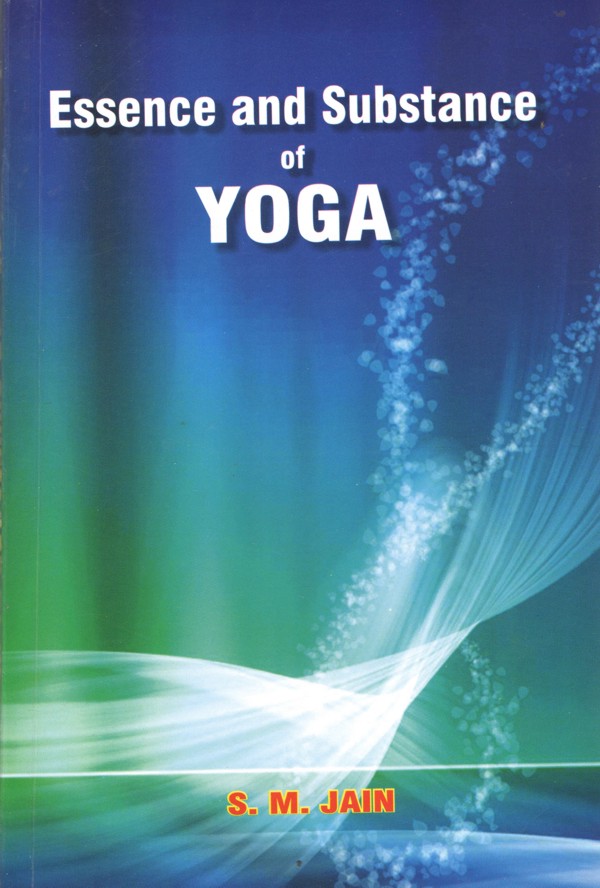Buddhist Stream Of Yoga
In Buddhism also there is eight fold path prescribed to attain salvation, the ultimate. This conforms to ‘Astanga Yoga’ of Patañjali. In Buddhist ‘Patakas’ (Scriptures) the word ‘Yoga’ is used not so widely as its substitute, the word ‘Samadhi’. Buddhism in principle does not subscribe to the entities like soul or God and the ultimate ‘Nirvana’. (Salvation) which is described as ‘Shunya’ (Void). However, under the influence of prevailing philosophies it later recognized the enlightened and benevolent Bodhisattvas as incarnation of Buddha, past, present and future. In Buddhist yoga neither the rigours of various Asanas’ (Postures) as of Hatha Yoga nor the forced breathing its inhalation (Purak), suspension (Kumbhaka) and exhalation (Rechaka) are prescribed or practised. Concentration on natural normal breathing is practised. The eightfold path is arranged in the three successive sequential stages (Skandhas):
- Sheel skandha
- Samadhi skandha
- Prajña skandha
1. Sheel Skandha: It is threefold:
- Samma Vacha: To abstain from falsehood and speak truth only.
- Samma Kamanto: To abstain from violence, stealing, sex and intoxicating things i.e. to adopt the vows of non-violence, non-stealing, celibacy and not to indulge in intoxication.
- Samma Ajivo: For livelihood not to engage in gambling, slavery, any work involving violence or harm to others, cheating and hoarding, Livelihood means should be based on detachment from greed and on moral, legal standards.
2. Samadhi Skandha: It is also three fold:
- Samma Vayamo: It is to cleanse or free mind from evil, sinful negative thoughts and exert or practise good, benevolvent positive thoughts.
- Samma Sati: Here sati or smriti does not mean memory but awareness, consciousness or mindfulness in every act, every moment. It is like ‘Dharana’ (Concentration).
- Samma Samadhi: In this concentration is further strengthened on pious thoughts and actions with equanimity in favourable and pleasant as well as in unfavourable and unpleasant situations. Under this acharya Buddhaghosha has mentioned ‘Anapan Smriti’ i.e. breathing practices.
Three breathing practices to gradually enhance concentration are prescribed:3. Prajña Skandha: It is two fold:
- In initial stage to count breathing from one to ten, then to one repeatedly.
- Abandoning counting to observe or feel breathing on lips below the nose.
- To observe breathing on upper lip and take it to heart centre and keep it there. However the fact is that breathing is confined to lungs only and cannot be taken to heart or any other place. It appears that there is influence of other systems of yoga and Buddhist yoga also succumbed to imagination and noumena.
- Samma dithi: This is to observe, see, understand things as they are in all their modes.
- Samma sankalpa:
It comprises three stages:
- Shrut prajña to know about things by hearing from teachers or by studying scriptures.
- Chintan prajña: It corresponds to Dhyan (Contemplation) or what is pious.
- Emotional prajña: It is similar to ‘Samadhi’ i.e. relinquish all emotionally.
The ‘Samma’ word is same as ‘Samyaktva’ in Jainism which means rational or right. In Jainism Rational Attitude (Samyakdarshan), Rational knowledge or understanding and Rational Conduct constitute the three fold simultaneously imbibed and followed path to salvation. The Prajña Skandha in Buddhism corresponds to that of Jainism and to that of Dharana, Dhyan and Samadhi in Vedic system.
The prevailing popular form of Buddhist yoga presently is ‘Vipasana’ which is similar to other forms of breath yoga but with a difference that it does not prescribe forced longer breathing and suspensions (stoppage) as in others but only observation or concentration on natural breathing as such. This is therefore more natural than other forms.
 S.M. Jain
S.M. Jain
